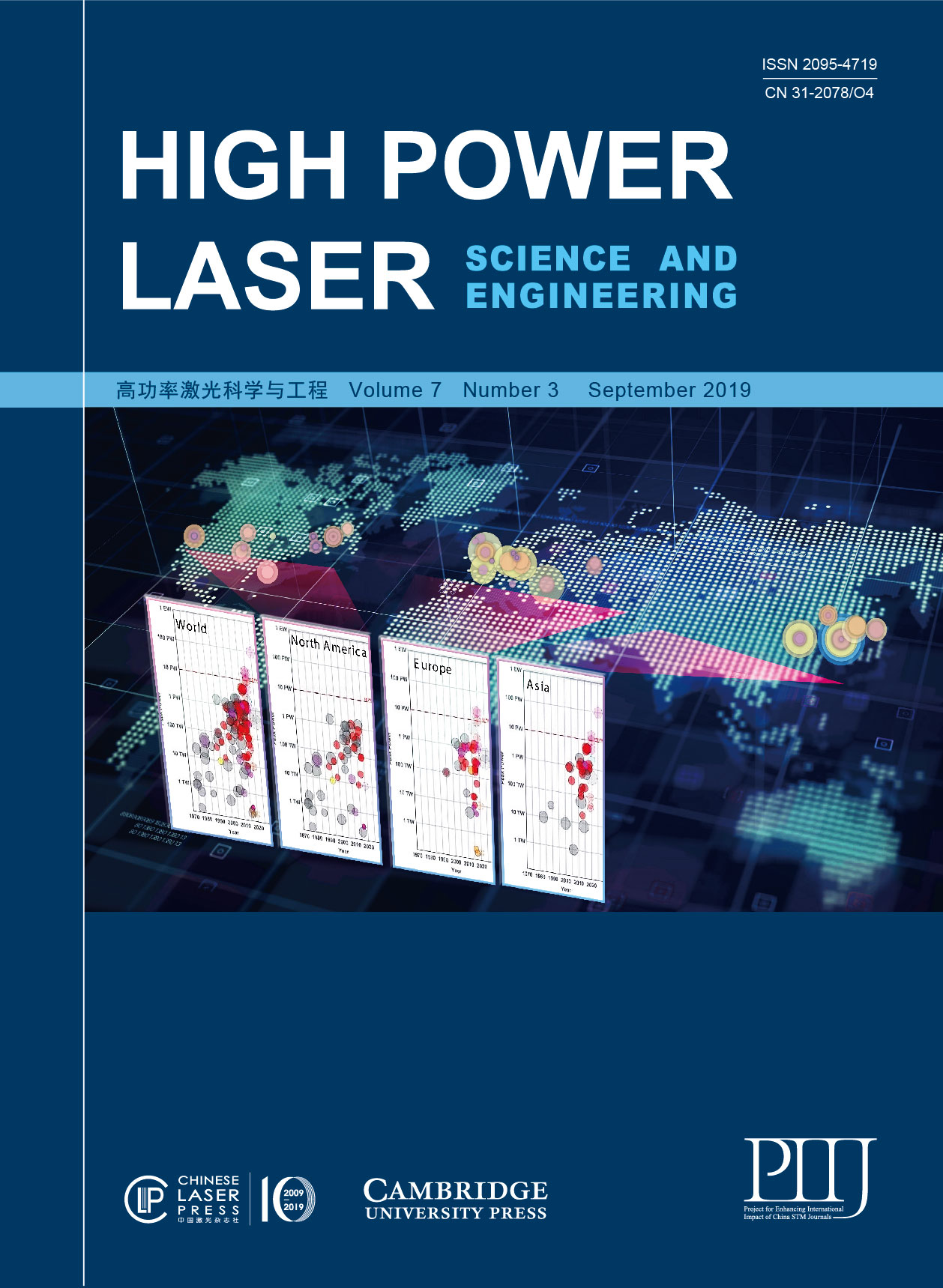 View fulltext
View fulltext
Processes of laser energy absorption and electron heating in an expanding plasma in the range of irradiances $I\unicode[STIX]{x1D706}^{2}=10^{15}{-}10^{16}~\text{W}\,\cdot \,\unicode[STIX]{x03BC}\text{m}^{2}/\text{cm}^{2}$ are studied with the aid of kinetic simulations. The results show a strong reflection due to stimulated Brillouin scattering and a significant collisionless absorption related to stimulated Raman scattering near and below the quarter critical density. Also presented are parametric decay instability and resonant excitation of plasma waves near the critical density. All these processes result in the excitation of high-amplitude electron plasma waves and electron acceleration. The spectrum of scattered radiation is significantly modified by secondary parametric processes, which provide information on the spatial localization of nonlinear absorption and hot electron characteristics. The considered domain of laser and plasma parameters is relevant for the shock ignition scheme of inertial confinement fusion.














 -based laser amplifiers
-based laser amplifiers
 kHz) targets and optics from liquid microjets for high-intensity laser–plasma interactions
kHz) targets and optics from liquid microjets for high-intensity laser–plasma interactions